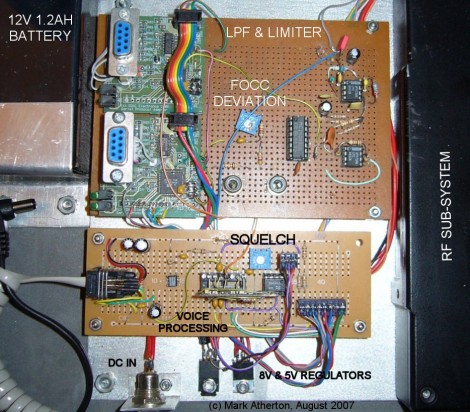There’s nothing better than making a giant version of one of your hacks. That is, other than making it giant and interactive. That’s just what [Est] has done with his interactive VU meter that lights up the party.
The giant VU meter boasts a series of IR detectors that change the colors and modes of the meter based on where the user places their hands. The sensors measure how much light is reflected back to them, which essentially function as a cheap range finder. The normal operation of the meter and the new interactivity is controlled by a PIC16F883 and all of the parts were built using a home-made CNC router. There are two addressable RGB LEDs for each level and in the base there are four 3 W RGB LEDS. At 25 levels, this is an impressive amount of light.
[Est]’s smaller version of the VU meter has been featured here before, if you’re looking to enhance your music-listening or party-going experiences with something a little less intimidating. We’ve also seen VU meters built directly into the speakers and also into prom dresses.


















